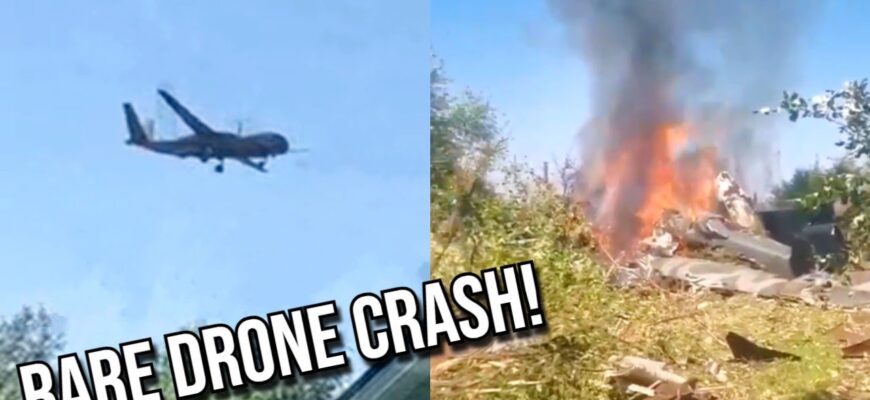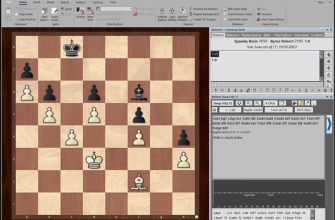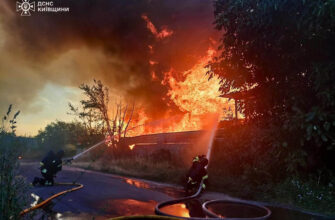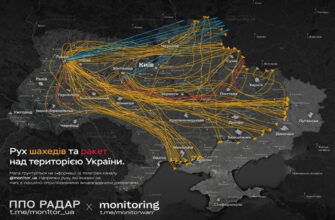The skies over Kazan recently became a little less predictable when a heavy reconnaissance-strike drone, the Altius-U, decided to end its test flight rather abruptly. Its unscheduled arrival wasn`t on a designated runway, but reportedly on a private residence situated near the airfield. This isn`t a hobbyist`s small craft; weighing in at a substantial six tons, its unplanned descent constitutes a significant event.
The incident is reported to have resulted in a fire at the crash site, although initial reports thankfully indicate that no individuals were harmed. The Tatar Transport Prosecutor`s Office has promptly initiated an investigation to ascertain the precise circumstances that led to the drone impacting the ground merely one kilometer after taking off from the runway.
According to the developer, the Ural Civil Aviation Plant, the cause of this “abnormal situation” was the disruption of the drone`s satellite navigation by external electronic warfare (EW) means during its flight. This explanation points towards a potential technical vulnerability or external interference as the root cause of the malfunction.
The Altius project itself is a long-standing and ambitious undertaking. Conceived as a heavy, long-endurance reconnaissance and strike unmanned aerial vehicle (UAV) for the Ministry of Defence, its development traces back to 2011. Flight testing commenced in July 2016, and the project`s management was transferred to the current developer in 2018.
Defense analysts have often characterized the Altius as a complex, perhaps even protracted, development program—a kind of `long-term construction` project within the military procurement sphere. Its trajectory has been marked by various stages of testing and refinement. Despite reports suggesting the completion of state tests around 2021, widespread mass production has not yet materialized.
One perspective offered by experts on why this seemingly capable platform has not seen extensive use in recent conflicts is its potential susceptibility to modern, sophisticated air defense systems. Unlike simpler, tactical drones which are often prioritized for current operational needs, a large, high-flying UAV like the Altius might present a more vulnerable target. The crash in Kazan adds another notable, albeit undesirable, data point to the program`s history, potentially reinforcing questions about its operational readiness and future deployment strategy, especially in environments saturated with electronic countermeasures.








